Customer Data Visualizations
MGT 100 Week 1
Data Visualizations (Viz)
“The greatest value of a picture is when it forces us to notice what we never expected to see.”
- Boxplot Inventor John Tukey - Great visualizations raise new questions
When Elon bought Twitter

DraftKings, FanDuel Searches during an NFL Game, 9-10 P.M.
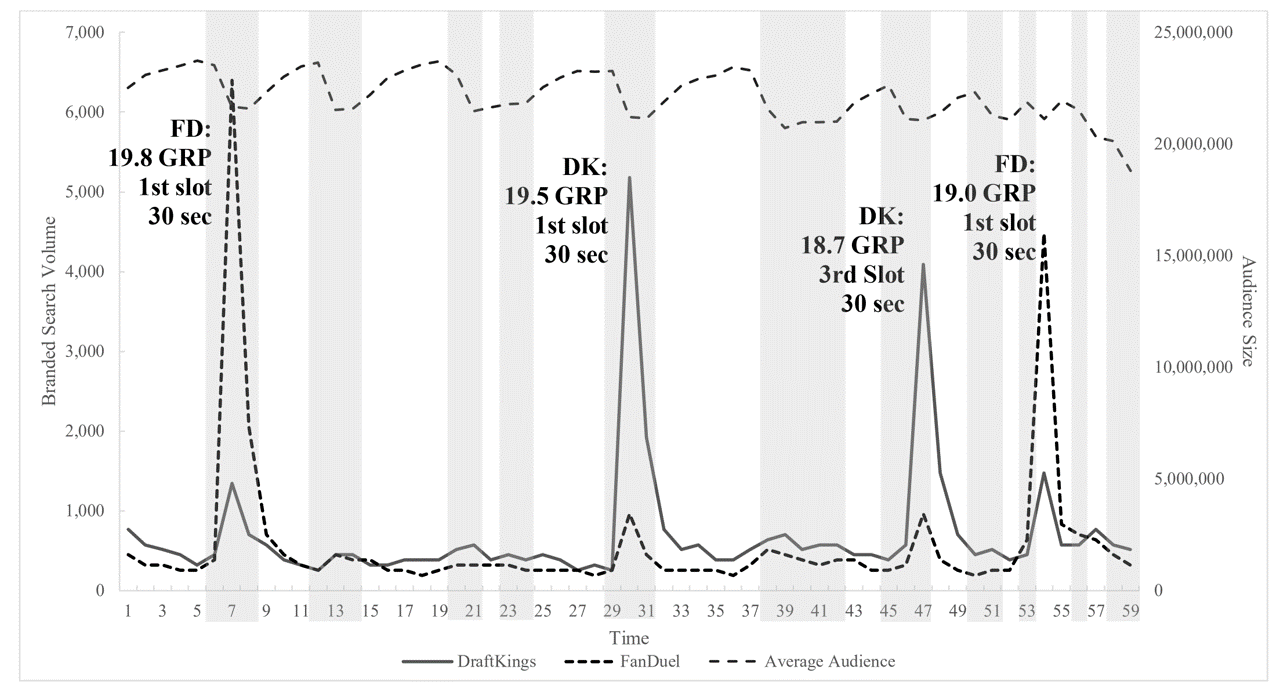
SDPD Crime Reports Near UCSD
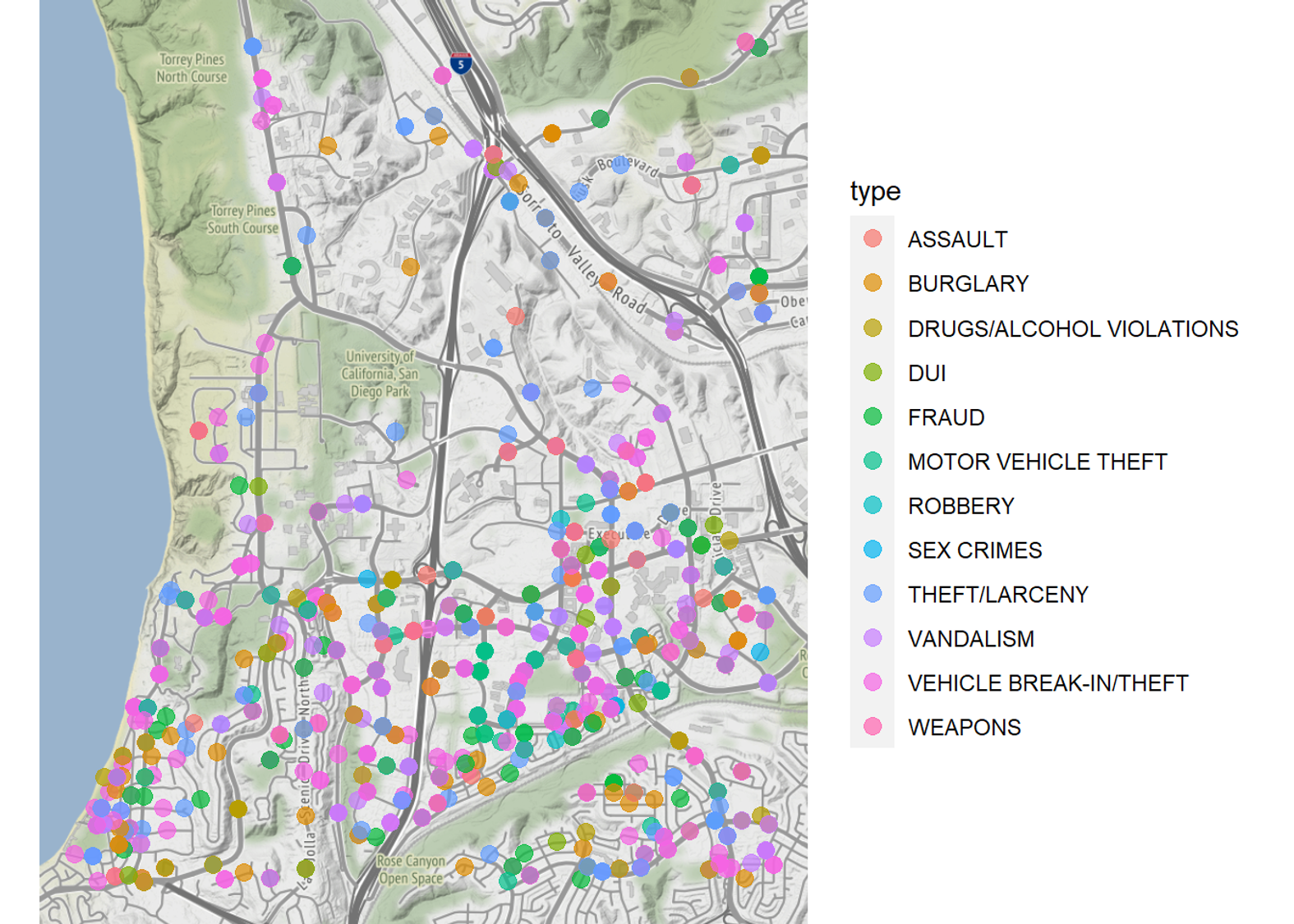
Viz build trust and understanding
- Viz are lingua franca across disciplines
- Eyeballs can interpret pictures quickly
- Easily replicated -> more easily trusted
- Understandable to managers
- Can detect unknown errors
- Best when they raise deeper questions
Why you visualize data first
- 4 Datasets, Same \(\hat{\beta}^{OLS}\)

Customer Analytics
Customer
- Receives good or service in exchange for payment (money, time, attention)
- Has agency: Can say “no”
- “The purpose of business is to create and keep a customer.”
-Drucker

Analytics
- Using data to improve decisions
- Started by Charles Taylor in the 1880s
- Popularized by Moneyball (2011)
- Measurement, Heuristics, Graphics, Models, Predictions, Automation, …
- Can be deceptively difficult

First Law of Customer Analytics
No Customers, No Business
No Customers ->
No Revenue ->
No Profit ->
No Business
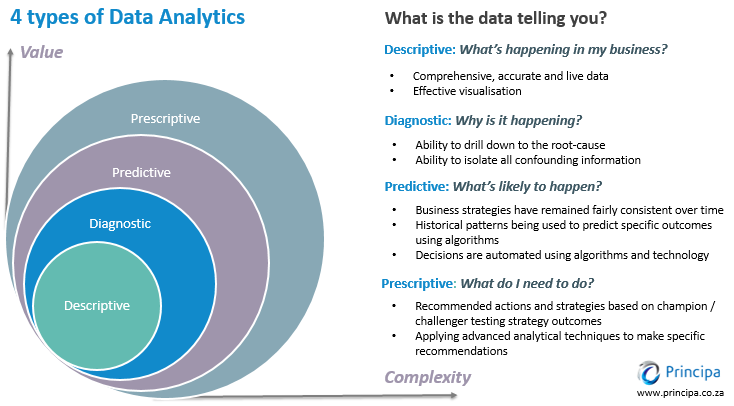

E-commerce Analytics
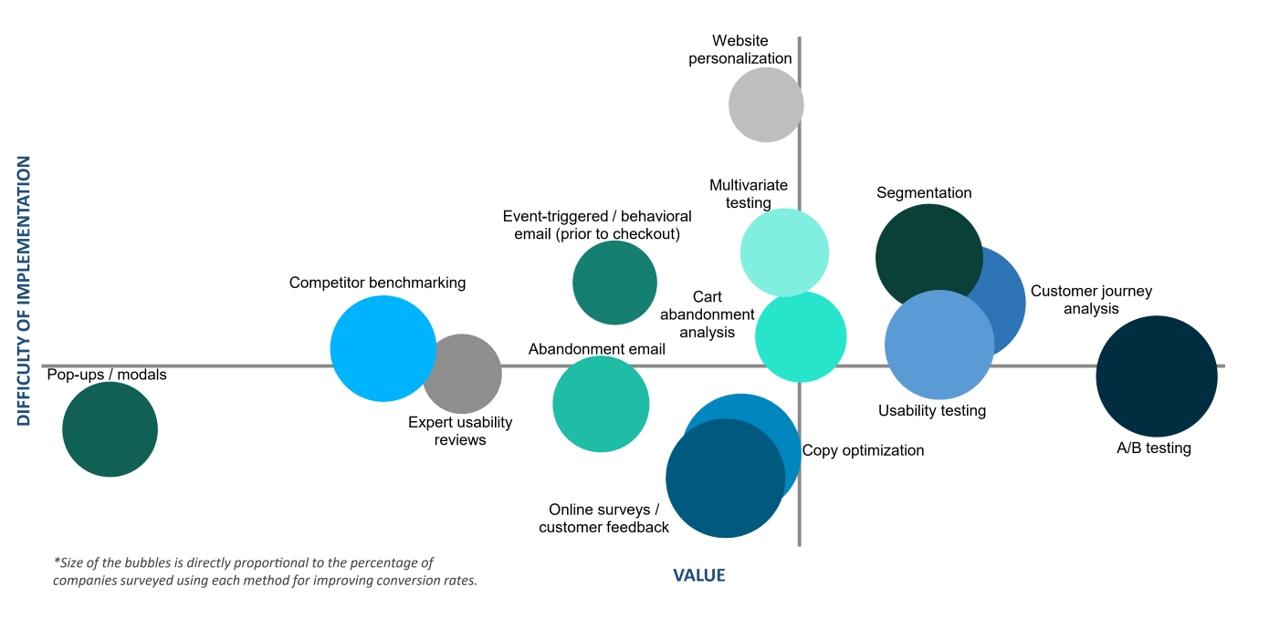
Customer Data
Customer Data
Customer data show how customers and consumers learn, feel, behave and use products and services
Customer data increasingly drives marketing, but implementation varies widely
How can we use customer data?
- Customer relationship management: Acquire, develop, retain and “fire” customers
- Marketing mix: Improve product offerings, prices, promotion, distribution
- Understand customer heterogeneity for targeting, personalization, recommendations, product development…
- Privacy and security, e.g. misuse, theft, regulatory compliance
How to evaluate customer data
- Accurate : The data are what we think they are
- Representative : The data reflect the relevant customer population as a whole
- Private : The data do no harm & comply with laws & ethics
- Relevant: The right data for the decision at hand
- Complete : Missingness causes problems
Example: Nielsen
CONSUMER PANEL DATA
- The Consumer Panel Data include longitudinal data beginning in 2004 with annual updates. These data track a panel of 40,000–60,000 US households and their purchases of fast-moving consumer goods from a wide range of retail outlets across all US markets. RETAIL SCANNER DATA
- Retail Scanner Data consist of weekly pricing, volume, and store environment information generated by point-of-sale systems from more than 90 participating retail chains across all US markets. Data begin in 2006 and include annual updates. 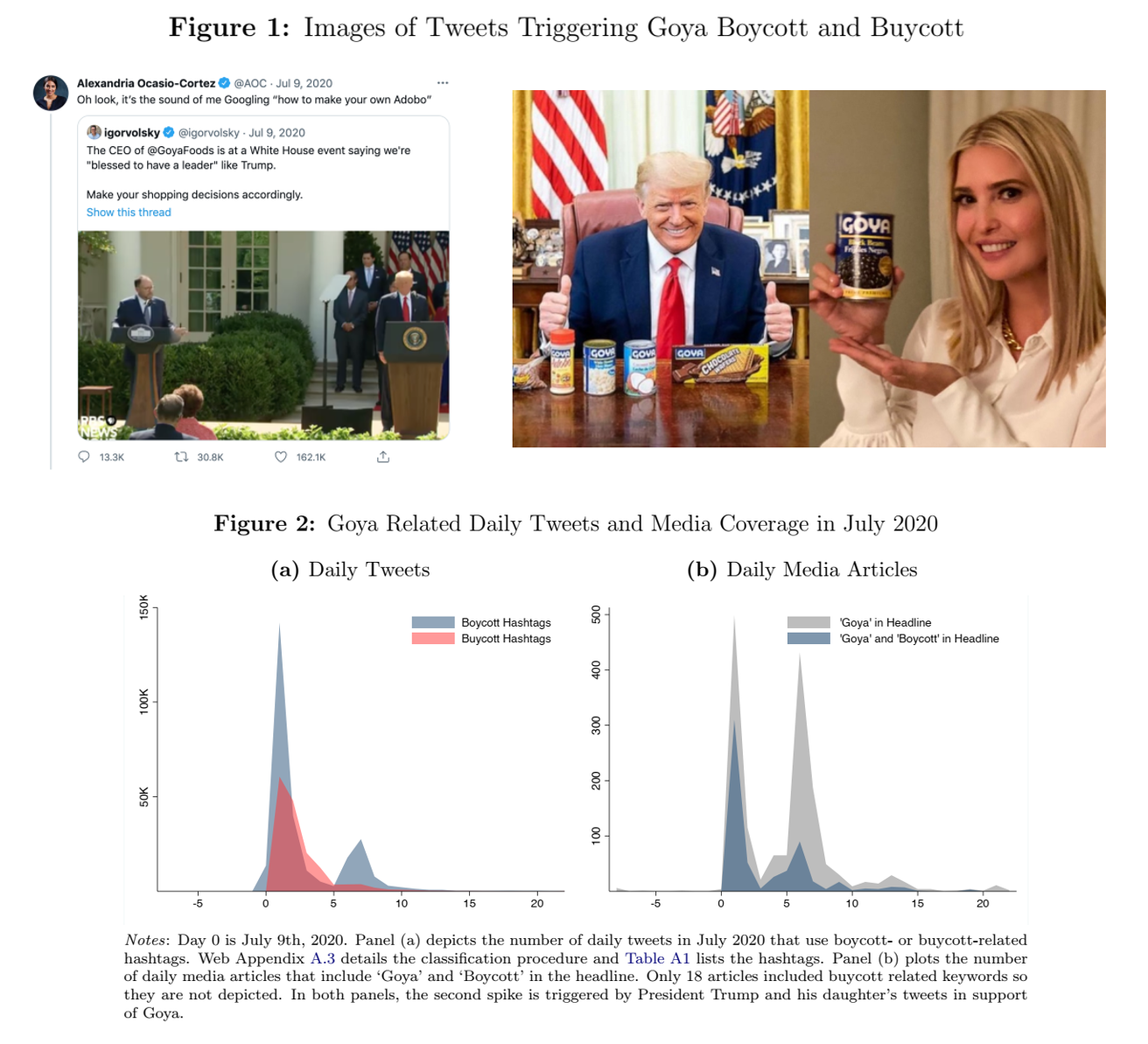
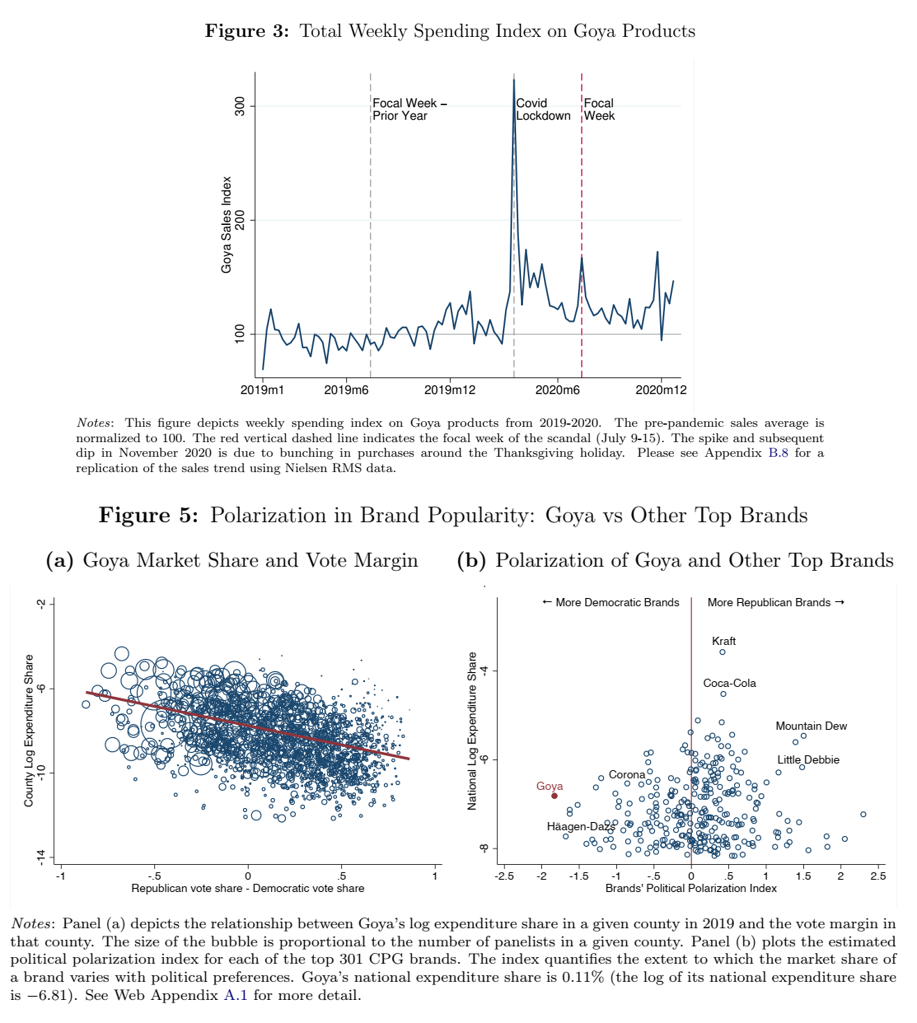
Customer Data: Guiding Principle
Start simple. Complexify slowly. Why?
Never assume data are correct, clean, complete or as described.
- It's impossible to certify an absence of problems - Most commercial datasets have issues - Issues often detected months after project starts - ~70-90% of data scientist time spent checking and cleaning data - Credibility is hard to gain, easy to lose
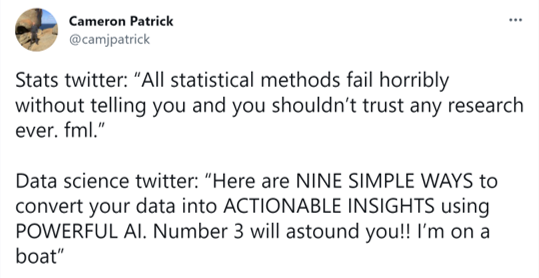
Using Customer Data for Customer Analytics
How do we “do” customer analytics?
- Decide what we want to do & how to judge performance
- Collect, wrangle, clean & verify relevant data
- Analyze data
- Communicate analyses and recommendations
- Make decisions
- Implement data-driven decisions
- Retrospectively evaluate and improve
- Repeat
- …Once you have a stable process, automate carefully & monitor
Challenges: Executives
- May be territorial, or incentivized to be
- May worry that analytics will constrain or replace them
- May think data == magic
- May prefer hunches or misunderstand uncertainty
Challenges: Analysts
- Expensive
- Hard to find
- Not always current
- Not always interested in business
Challenges: Cultural
- Do analytics make or justify decisions?
- High- or low-trust environment? Tolerance for uncertainty?
- Do messengers get rewarded or shot?
- Are data available and integrated?
- Do teams work together or compete?
Signs of a great analytics org
- C-level champion(s), i.e. C{E,A,F,M,O}O
- Centralized team regulates data, arch., standards & tools
- Decentralized analysts collaborate with execs
- Analytics career tracks are well established
- Careful in-housing/outsourcing decisions about analytics
- Good examples?
Analytics truisms
Analytics matters more in B2C than B2B (why?)
Selection effects are usually large
treatment effects are usually smallDemographics don’t predict behavior very well
Agencies lie about data sometimes
You have limited credibility. You may only get a few strikes
“If it’s written in LaTeX, it’s probably correct”
Our Class
Course Design Principles
Survey the field with pointers for deeper learning
Experiential learning:
“You don’t understand it until you code it’’Free materials
Communication
1. Website for syllabus, slides, scripts, data, readings 2. Canvas for groups, deliverables & grades 3. Piazza for all asynchronous interaction. No email 4. After class, break or office hours for live discussions
Tips to get an A
Read the syllabus
Budget 5-10 hours/week
Between classes:
1. Do homework solo 2. Check homework with group, resolve differences 3. Monitor Piazza 4. Read for the next class 5. Fix a time/location, repeat 8 timesContribute in class
Integrity
We assign attending students to study groups in week 2
- First homework is individualIt is OK to share answers and scripts within groups,
but not between groups- Exams are individual, offline, & based on homeworks - You are individually responsible for all deliverables - Script sharing is detectable, please be careful! - All grades are relative: Tell us if you observe integrity violationsWe encourage you to use Gen AI; we use it too

- Please enter your intentions for this class on Canvas.
How will you measure your effort?
Vocab
Common language helps communication
Customer level
Core need: identifiable problem a customer wants to solve. Could be functional, emotional, social, profit-motivated, etc. Related: desire, want, pain point
Core benefit: Customer’s desired outcome of a purchase. E.g., commuters need to get to school, not necessarily cars
Consumer: Entity that experiences the core benefit
Customer: Entity that purchases and pays
Product level
Product/service/experience: Distinct offering that provides the core benefit
Features: Aspects of a product that provide additional tangible or intangible benefits
Contribution margin: Price — marginal cost
Competitor: Any paid or free alternative that addresses the core need. E.g., commute by bike, walk, bus, trolley, Uber, scooter, skateboard; work from home
Market level
Market: A group of potential customers with the same core need
Segment: Distinct subgroup of similar customers
Targeting: Which segment(s) a firm tries to serve
Positioning: Specification of product features to suit targeted segments
Marketing: Practice of meeting customer needs profitably How to be good at marketing
Legacy Terms
3/4/5 C’s: Customer, Competitor, Company;
Context; Complementors4/…/10 P’s:
Price, Product, Promotion, Place AKA distribution
Coding & Script
Coding errors
“The good news about computers is that they do what you tell them to do. The bad news is that they do what you tell them to do.”
Conjecture:
(debugging difficulty) is exponential in (lines of code)We can code fast or slow
Coding Habits
Good habit: Test chunks as you code
Test = Check that output matches expectation
“Go slow to go fast”
![]()
Pipe |>
y <- f(g(x)) is the same as
y <- x |>
g |>
f
Why?
Old pipe was %>%
Today’s script
- Install/update R and Rstudio
- Posit.Cloud
- Data Import/export
- Data manipulation, summarization
- 5 verbs: Summarize, select, filter, arrange, mutate, group_by
- Univariate statistics
- Univariate plots
- Bivariate statistics
- Bivariate plots

Wrapping up
Homework
- Face photo, coding assignment

Recap
Customer analytics : Using customer data to improve decisions
Marketing : Meeting customer needs profitably
Analytics types:
Descriptive, Diagnostic, Predictive, PrescriptiveSummarize, select, filter, arrange, mutate, group_by
Good data are Representative, Unbiased, Private, Relevant, Complete
Data Viz are best way to start in customer analytics

Going further

